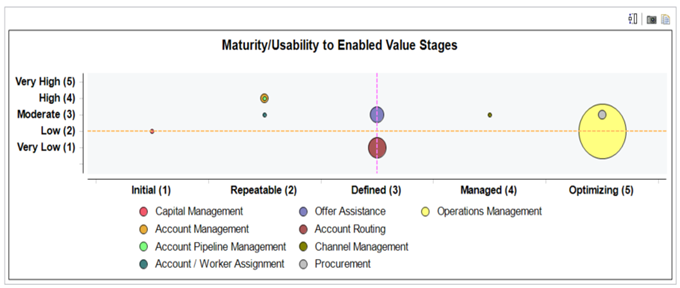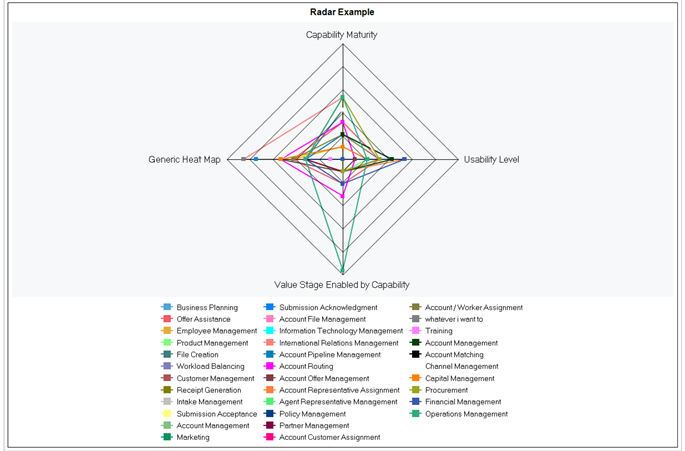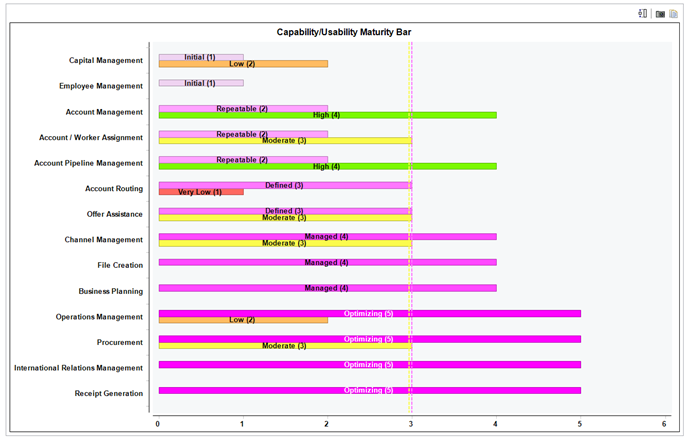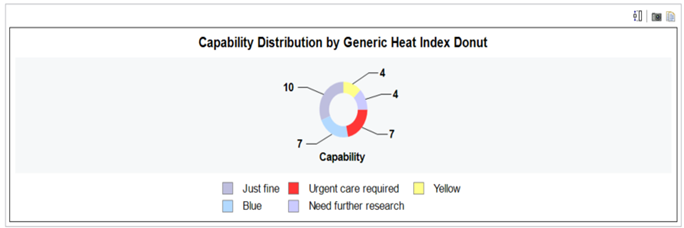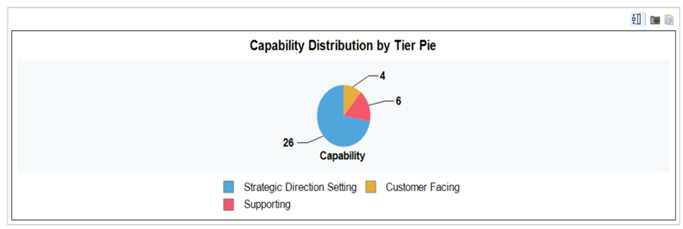Business Analysis Skills in Action
Business Analysis skills in action were key to the success of an infrastructure transition project.
To support Department of Defense major site realignment initiatives, I was assigned as the sales and proposal team business analyst. We had an application we thought could help with visualizing and managing hardware, applications, data, and processes that were site infrastructure elements. Under individual agency transition plans, for example, hardware assets were to be moved, reused or eliminated. But hardware assets were linked to other elements of the infrastructure – applications had users, who had responsibility for workloads essential to the mission. We had several things going for us – an existing contract, a lot of experience with DoD infrastructure architecture, and many contacts pleased with our previous work.
Our company valued the business analyst role. In most of the big enterprise architecture projects I worked on, I concentrated on the business sub-architecture. I used many business process analysis tools and created business models to drive system implementations. Business models on their own served important functions. Models clarify because business requirements from important players are captured in the tool and put into standard formats documenting user roles, activities, and data. Teams could then play “what if” as well as clearly define requirements for implementation. But model-building is not for the faint of heart and usually involves a major time and personnel commitment.
My role as explained to me in the realignment opportunity was to listen and record since our agency contact was very close to a decision. However, during my first teleconference, a different story emerged. The customer, it turns out, did not understand what our application had to do with their problem of managing large and complex transitions.
Here is where business analysis skills in action came to the fore. There was no time for theory or illuminating discussions that could form the basis of a full-blown business process model to guide implementation. From many years working with CIO-level clients, I knew that only action and quick results would suffice to allay customer concerns. I’ll describe the steps I took, all based on firm business analysis principles honed in many previous projects, but with the focus on skills in action – ones that were applied successfully.
Skills in Research and Increasing Domain Knowledge
The first two key skills needed to be to obtain accurate domain knowledge quickly and to deploy an effective and timely research approach. Our gap in knowledge seemed to be at the core of the customer’s concern – but how to amass enough of the right domain knowledge quickly? This challenge is always crucial for business analysts – clients, of course, prefer existing domain knowledge of their field, but a business analyst should have the skills to come up with speed for almost any domain quickly.
The priority was to find information generated by the agency on the topic at hand – infrastructure transition. This assertion may sound somewhat silly – why wasn’t this done in the first place, and why not just ask the customer? This is where a business analyst can really shine because agencies are concentrating on other things, and frequently don’t have the experience or time to adhere to all needed business definition and documentation activities, especially in the early stages of projects that may or may not go forward.
The client agency, as most DoD agencies do, had already documented most of their goals and plans. The trick was to gather this information into a form understandable to the team and to scope it into a manageable size. The other side of the coin was to put the technical solution into a more understandable context, and we had a team of specialists on the West Coast ready and willing to do that once they had more insight into the real business problems and goals.
A huge amount of domain knowledge was not needed – just enough to ensure that the key concerns of the client were documented, in their language, in a way that was understandable to the team. This goal was met and exceeded all expectations – using creativity, persuasion and facilitation skills in action.
Skills in Creativity and Persuasion
How to create and share with teams and managers the scoped-down body of knowledge and specific action plan we needed? A business analyst, faced with complex and accelerated project timelines, must come up with novel solutions. Our communications at this stage had to be highly accurate and accessible – we had to define the basic business model and early project implementation information (roles, activities, data, timelines, outcomes) in an easy-to-digest but convincing format. The first presentation to the customer (and to the would-be project implementation team) would contain research results highly massaged and analyzed for accuracy and brevity. It also contained a very high-level scenario showing the how the project would work – a depiction of managers with our application able to detect excess hardware and transferal to another site in need of that exact asset.
After sales team approval, we held our breath when we showed our creation to the customer. We had tried our best – would it be accurate; would it be relevant? Yes, it was. Even over the phone, we could sense we had met the first challenge – persuading the client that we understood the problem and were poised to solve it quickly. We got a vote of confidence – permission to use live customer data to create mini-prototypes along the lines of the high-level scenario.
Skills in Virtual Facilitation and Team-Building
A dynamic period of virtual team facilitation ensued. A business analyst is a key resource between management, technical and client roles. The technical team on the West Coast started asking the right questions; our East Coast BA and management team answered them, using our experience with DoD infrastructure customers and research following our initial thread. The positive outcomes of this collaborative cross-country effort, facilitated by regular teleconferences over about six weeks, continued to accrue. By the end of the vastly enhanced sales pitch, we had to classify our presentation because it held live data – a measure of our client’s trust. For our part, we exceeded expectations and demonstrated how our application could address infrastructure rationalization and other enhancements. For this highly important project, we were invited to submit detailed implementation solutions.
This project was also a demonstration of how key Business Analysis skills, inserted at the right time, at the right level of effort can integrate and expedite project tactics to achieve team results greater than the sum of the parts.



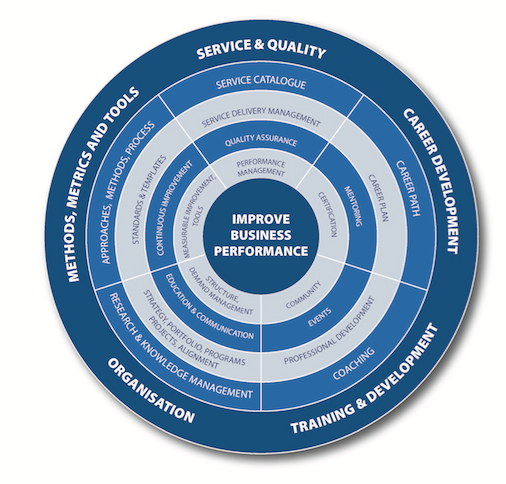 Copyright © 2006 Business Analysts Pty Ltd
Copyright © 2006 Business Analysts Pty Ltd
